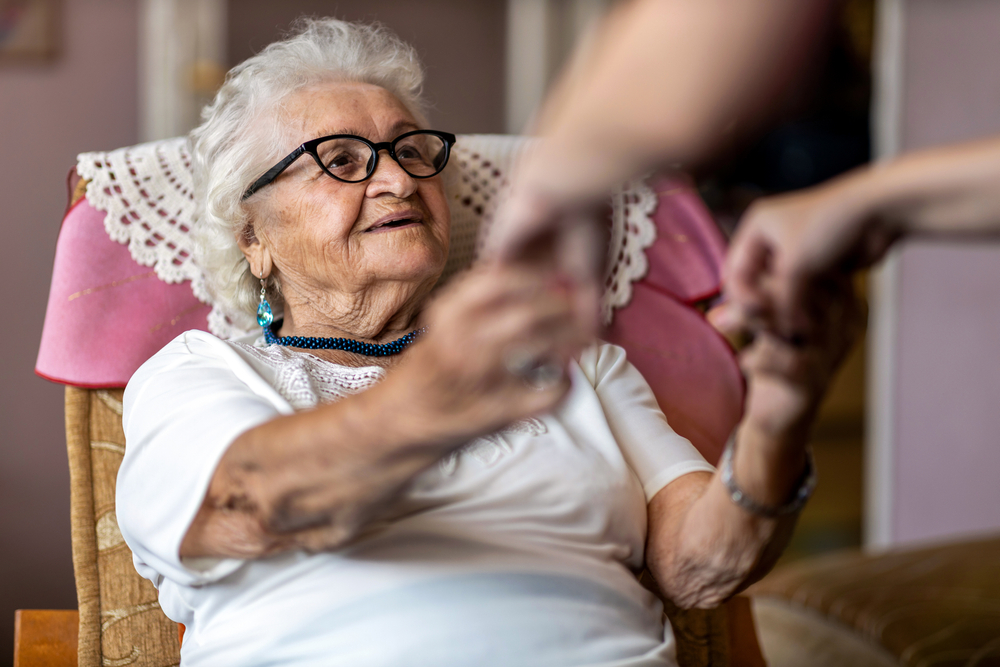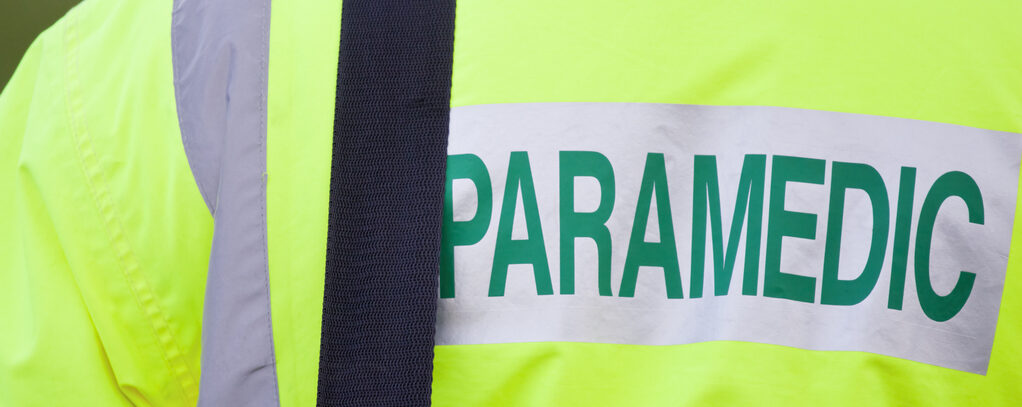Just a simple fall? A literature review of paramedics’ assessment of older adults who fall and are referred to community care services
Posted on 23rd September 2022 by Roshani Motha

During the final year of their Paramedic Science (BSc Hons) course at Oxford Brookes University, students carry out a literature review and critical appraisal of a topic relevant to their future practice. This blog presents the abstract of a literature review on ‘Paramedics’ assessment of older adults who fall and are referred to community care services’. Other Paramedic topic blogs can be found here.
Aim
The purpose of this literature review is to explore paramedics’ assessment in the community of older adults who have fallen in the community and the success of referral to community-based care or intervention. To understand falls and its impact on paramedics role, risk factors and intervention success needs to be investigated. The aim of this literature review is to understand different styles of assessment and interventions available.
Objectives
- To critically appraise relevant literature
- From these literature review findings, distinguish effective paramedic assessment and referral pathways/ interventions
- To consider current practice including referral pathways
- To make recommendations for further research
The research question
‘Just a simple fall? A literature review of paramedics’ assessment of older adults who fall and have referred to community care services.’ This has been formed as paramedics often do not see what happens after patients are discharged on scene after a fall. Studies that have monitored falls after ambulance attendance and their referral to community care will be analysed.
Methods
Ten databases were used to investigate the topic. Keywords of: Prehospital/ Paramedic/ Emergency medical technicians, Assessment, Falls, and Falls referral were used. Inclusion and exclusion criteria were used to find appropriate literature relating to the topic. Six papers met inclusion criteria that related to the research question.
Results
Themes were identified in each paper by reading through the papers and highlighting similar topics using thematic analysis (Caulfield, 2019). Four themes were discovered: Assessment/screening of falls or risk of falls, risk and rate of falls after intervention or referral, fall related outcome measures and their results, and further areas requiring evaluation to enhance practice.
You can have an in-depth look at the evidence from these six papers, categorised into the four themes, in this document: Thematic analysis from six papers.
Conclusion
This literature review revealed many gaps in evidence in paramedics assessment of falls in older adults with referral or intervention. Evidently, there is no one right way of assessing falls, however, some literature showed falls and risk of falls reduced with fall intervention after paramedics assessment. Methodology of selected evidence posed more challenges and hindered results. Adherence and motivation were an interesting concept the author came across.
Falls are multidimensional and multifaceted, and several tools of risk and falls assessment are needed to conclusively evaluate falls. This literature review sought to examine paramedic assessment in falls, where evidence is relatively low in quality and interventions or referrals in the community had conflicting evidence. Therefore, Strini, Schiavolin and Prendin (2021) and McInnes, Gibbons, and Chandler-Oatts (2005) summarised this literature review conclusively with the nature of falling as multidimensional, and there is no ‘ideal’ single tool to perform a perfect risk assessment. To conclude, various in depth analyses are to be completed by a healthcare professional for a complete assessment of falls. The author highlighted the gaps in research and has shown how complex, multifaced and in-depth falls are and how paramedic practice in research is limited in its management of non-conveyance of falls.



